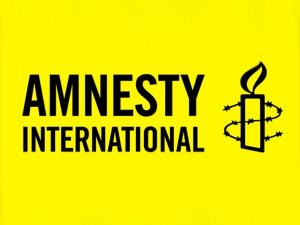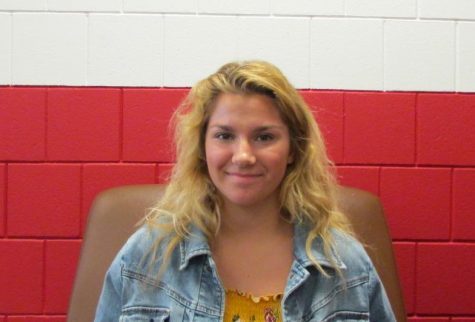Numerous community resources available for homelessness
February 28, 2019

Valley Outreach is a company that helps the Stillwater community grow. They have a food shelf and clothing shelf for families. Valley Outreach members offer appointments and walk-ins as well to shop and for financial help.
Homelessness is an issue that is faced today by thousands of people, including some students. Being homeless affects students’ education and how they learn. In Stillwater, there are shelters for individuals and for families who are struggling financially and those shelters offer food and clothing.
In the Stillwater community, homelessness has been brought to attention by students and community members. According to mnhomeless.org, there are 9,312 homeless people in Minnesota, which is a nine percent decrease from 2012. With this decrease, people in need of care are getting the care they need, but there are people unaccounted for. As a whole, Stillwater can work together to eliminate this issue. Homelessness is a tough topic to talk about, especially at school – where students are vulnerable.
There are a variety of different ways to become homeless. Being homeless can give and take from people and families. Most of the time it is because of job loss, money issues or personal issues with people around them.
Heading Home Washington Executive Committee Member, Kris Huntley said, “The causes are numerous: there are both systemic barriers like the lack of affordable housing and not making a livable wage. Along with personal barriers which can include physical and mental health, job loss.”
Food shelves helping students
In Stillwater, there is a food and clothing shelter called Valley Outreach. Valley Outreach is a program that supplies people in need, with necessities of daily life. For example, there is a program called Mobile Choice, which provides elementary students a lunch for school.
“As the organization grew it became a non-profit and added other basic needs services.” It also has a “food shelf with multiple programs including delivery,” Huntley said.
Students in high school face homelessness every day. As stated in mnhomeless.org, students who are struggling with financial aid are more likely to perform worse than students who have better financial support. Some of the challenges students face are money, friends and education.
*Lia Brady said, “It is challenging because being in a small place with my mom and her room-mate makes me anxious. I have no personal space to do what I want; teenagers need their space.”
Types of homelessness
There are different types of homelessness. House jumping, nowhere to go [living on the streets], living in hotels or they do not have a family. Having a home means, someone is there caring and supporting you. Some lower class families do not have that support from anyone. They rely on themselves to be healthy.
“A lot of the time it’s (students becoming homeless) because kids get kicked out, they get emancipated and can’t take care of themselves,” Brady said.
An outcome of homelessness is poverty. Adolescents who are homeless are most likely to be in the poverty level class. That is because they do not have to essential needs for education. For example, clothing, food, a backpack, pencils and other school needs. Education is a crucial concept to fight poverty because, with education, people have the knowledge to care for themselves.
Global Partnership said, “Education reduces poverty, boosts economic growth and increases income.” They also said, “420 million people would be lifted out of poverty with secondary education, thus reducing the number of poor worldwide.”
Homelessness is an issue that affects students every day. There are many different causes of homelessness, but there are different ways a community can help solve this issue. Some of the solutions being: providing shelter, donating living necessities and providing school supplies for students.
*A student’s name has been changed for the protection of their identity.










